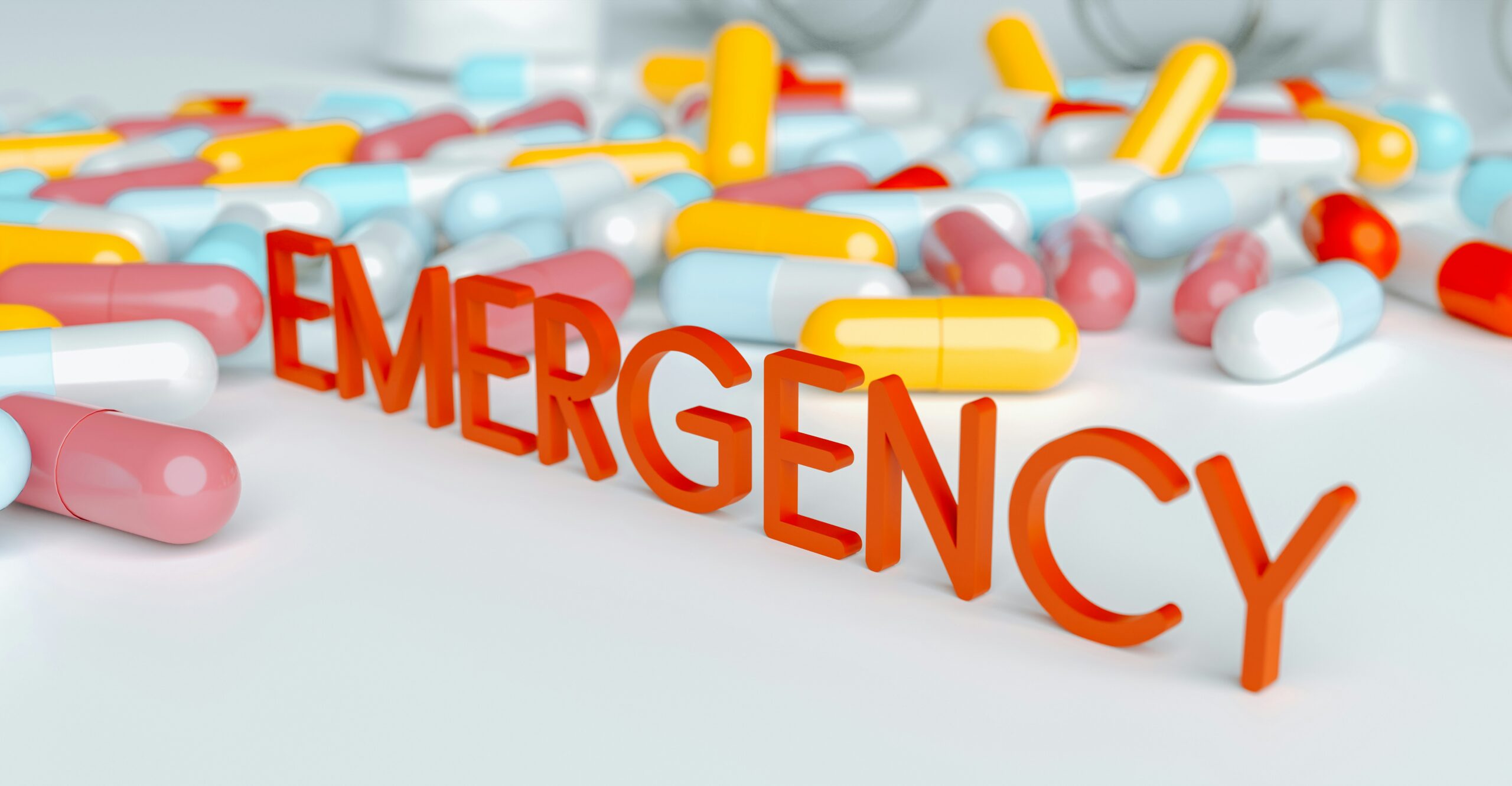Private Philanthropy Driving Innovation in Emergency Medicine

Emergency medicine serves as the frontline of healthcare, handling life-threatening injuries, acute illnesses, and crises that demand immediate response. While hospitals and government programs provide the foundational infrastructure, private giving has emerged as a critical catalyst for innovation and improvement in emergency care.
Private donations—from individuals, foundations, and corporations—allow hospitals to adopt cutting-edge technology, expand emergency response capacity, and implement innovative programs that public funding constraints might otherwise limit. By channeling resources into emergency departments, private philanthropy improves patient outcomes, supports healthcare professionals, and strengthens overall system resilience.
The Benefits of Private Giving in Emergency Medicine
1. Funding Advanced Medical Technology
Modern emergency medicine relies on sophisticated diagnostic and treatment tools, such as portable imaging devices, rapid laboratory testing systems, and telemedicine platforms. Private funding enables hospitals to acquire and maintain these technologies, ensuring faster and more accurate diagnosis and treatment for patients in critical conditions.
2. Enhancing Staff Training and Capacity
Emergency departments face high-pressure situations that require specialized skills. Private donations support advanced training programs, simulation labs, and professional development workshops for doctors, nurses, and support staff. These investments help teams respond more effectively to complex cases, mass casualty events, and public health emergencies.
3. Expanding Access to Care
Private giving allows hospitals to implement programs that reach underserved or remote communities. Mobile emergency units, outreach clinics, and telehealth initiatives funded by philanthropic contributions extend the reach of emergency medicine to populations that might otherwise lack access to timely care.
4. Supporting Research and Innovation
Philanthropic funds enable research in emergency medicine, from new treatment protocols to improvements in patient flow and triage systems. Private donors provide the flexibility for hospitals and research institutions to explore innovative approaches that may not yet be commercially viable but have the potential to transform patient care.
Case Studies of Impact
1. Mobile Emergency Units
Several hospitals have deployed mobile emergency units funded by private donors to reach underserved neighborhoods. These units provide triage, first aid, and stabilization, reducing overcrowding in emergency departments and improving patient outcomes by delivering timely care.
2. Telemedicine for Crisis Response
Telemedicine platforms supported by philanthropic contributions allow emergency physicians to provide remote consultation and triage, especially in rural or disaster-affected areas. Patients receive timely guidance, and hospitals can manage resources more efficiently.
3. Research on Trauma Care
Private foundations have funded studies on advanced trauma care, including rapid intervention techniques, innovative surgical methods, and post-incident rehabilitation. These studies help refine emergency protocols and improve survival rates for patients with severe injuries.
How Private Giving Strengthens Emergency Response Systems
1. Infrastructure Development
Private donations help hospitals build or renovate emergency departments to accommodate more patients, improve workflow, and enhance safety. Investments in modern facilities improve response times, patient comfort, and operational efficiency.
2. Disaster Preparedness and Rapid Response
Hospitals use private funding to prepare for large-scale emergencies, such as natural disasters or public health crises. Donations support stockpiling medical supplies, establishing rapid-response teams, and conducting simulation drills. This preparation saves lives during critical events.
3. Community Engagement and Education
Private donors often fund community outreach programs that educate the public about emergency preparedness, first aid, and chronic disease management. These initiatives reduce preventable emergencies and empower communities to act effectively in crises.
Challenges in Implementing Private Giving Initiatives
While private philanthropy offers significant benefits, hospitals must navigate specific challenges:
Ensuring Equity: Funds must be allocated to programs that serve all patient populations, not just high-visibility projects.
Sustainability: One-time donations may provide immediate improvements but may not support long-term needs.
Coordination: Aligning private contributions with hospital operations and regulatory requirements requires careful planning.
To address these challenges, hospitals should develop strategic frameworks for private giving, including needs assessments, measurable outcomes, and integration with existing emergency systems.
Strategies for Maximizing the Impact of Private Giving
1. Align Donations With Hospital Priorities
Private donations are most effective when directed toward programs that complement hospital goals, such as improving patient outcomes, reducing response times, or expanding access to underserved communities.
2. Leverage Collaborative Partnerships
Hospitals can partner with NGOs, government agencies, and other donors to enhance the reach and impact of private contributions. Collaboration ensures that funds are used efficiently and that programs benefit from diverse expertise.
3. Focus on Long-Term Capacity Building
Investments should support sustainable improvements, such as staff training, infrastructure development, and technology adoption, rather than short-term, one-off projects. This approach ensures lasting impact.
4. Monitor and Evaluate Outcomes
Measuring the effectiveness of private giving initiatives is critical. Hospitals should track metrics such as patient outcomes, resource utilization, and program reach to optimize performance and demonstrate the value of donations.
The Future of Private Giving in Emergency Medicine
As healthcare demands continue to grow, private philanthropy will remain essential to advancing emergency medicine. Emerging technologies like AI-driven triage systems, mobile diagnostics, and advanced telehealth platforms will require targeted funding to be implemented effectively.
Furthermore, private donors are increasingly interested in supporting initiatives that address social determinants of health, such as transportation, housing, and preventive care. Integrating these factors into emergency care programs improves patient outcomes and strengthens community resilience.
Private Philanthropy as a Catalyst for Change
Private giving has the power to transform emergency medicine by funding technology, training, research, and outreach programs that improve patient outcomes and system efficiency. Physician-led and hospital-driven initiatives supported by private donors extend access to care, enhance disaster preparedness, and foster innovation in treatment and workflow.
For hospitals, private philanthropy is not just supplemental funding—it is a strategic tool for advancing emergency care and ensuring that communities receive timely, high-quality medical attention. By prioritizing sustainability, equity, and measurable impact, private contributions can continue to drive innovation and save lives in emergency medicine worldwide.
Additional Information
- Blogs
- government programs, medical supplies, private philanthropy
- Dr. Seth Eidemiller